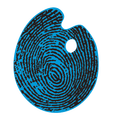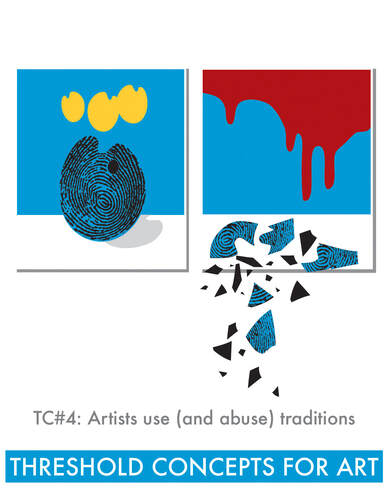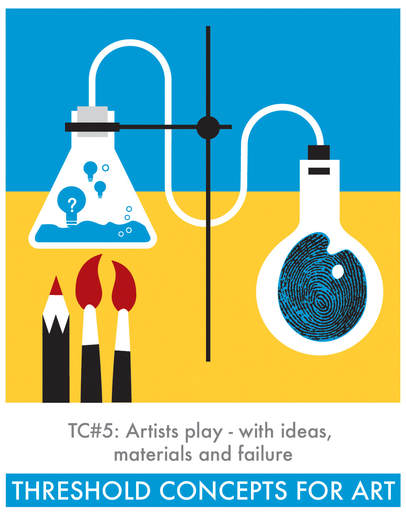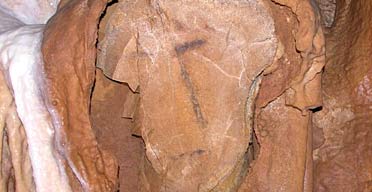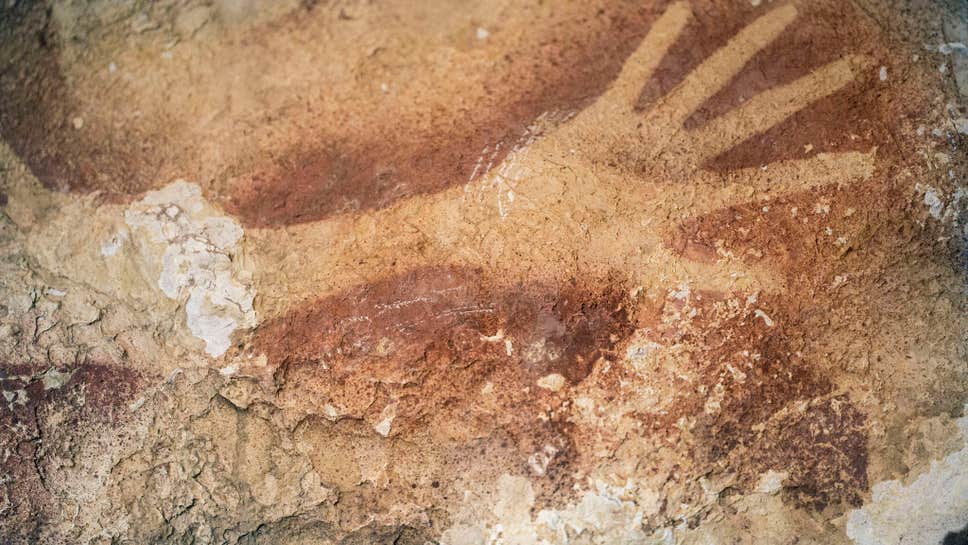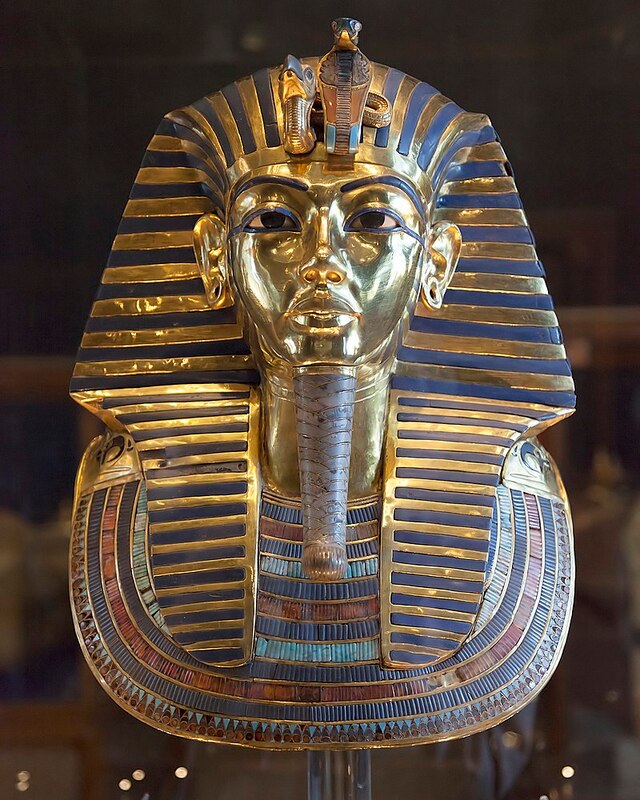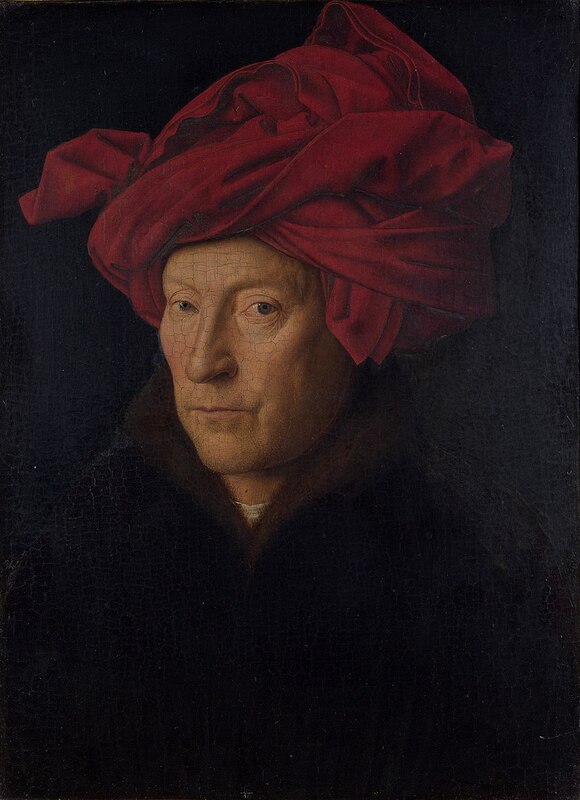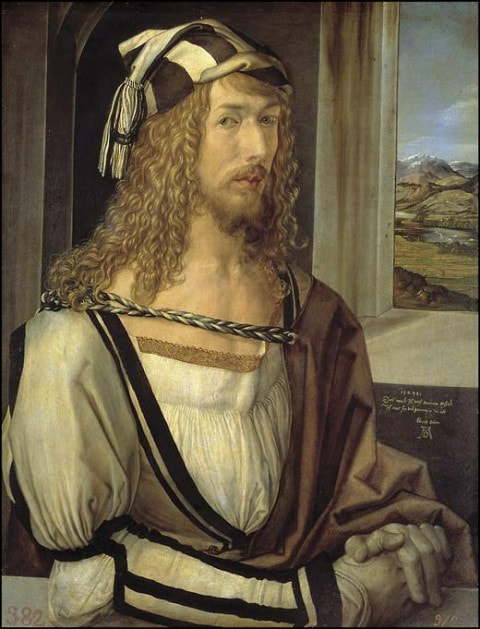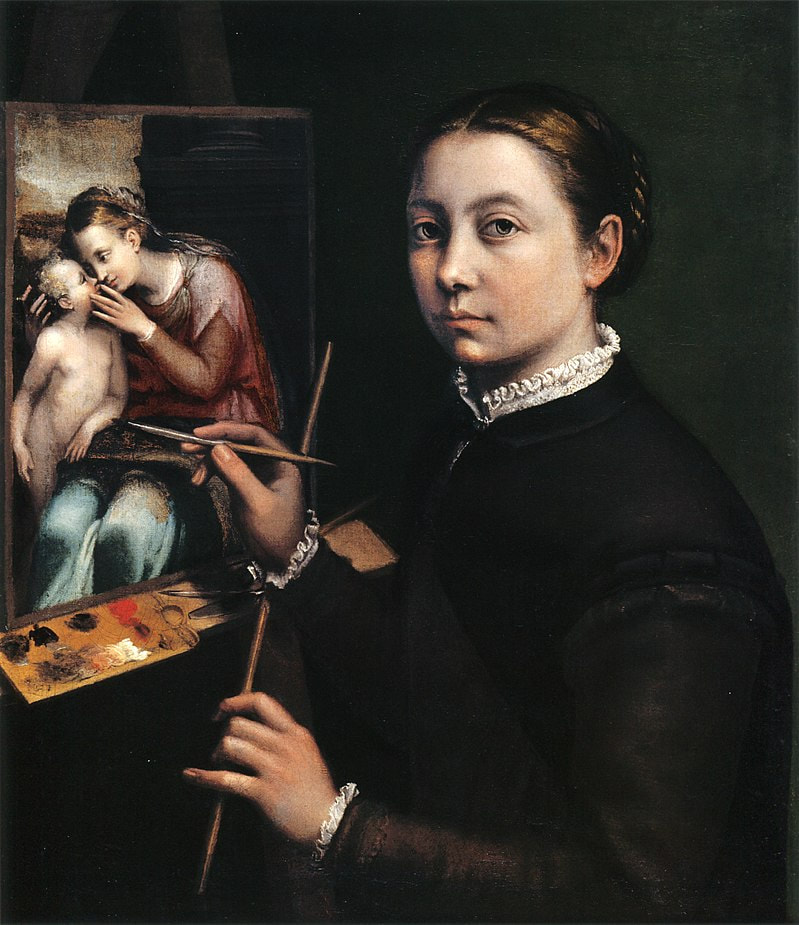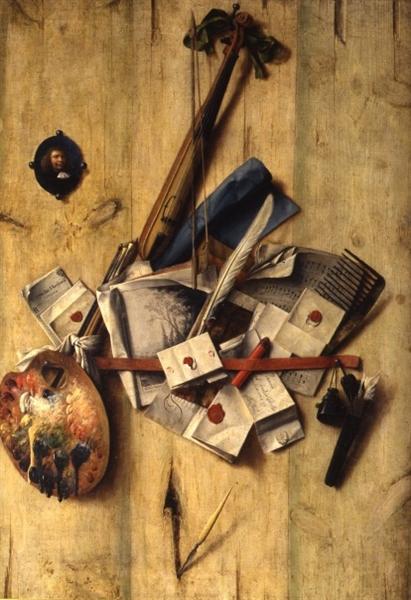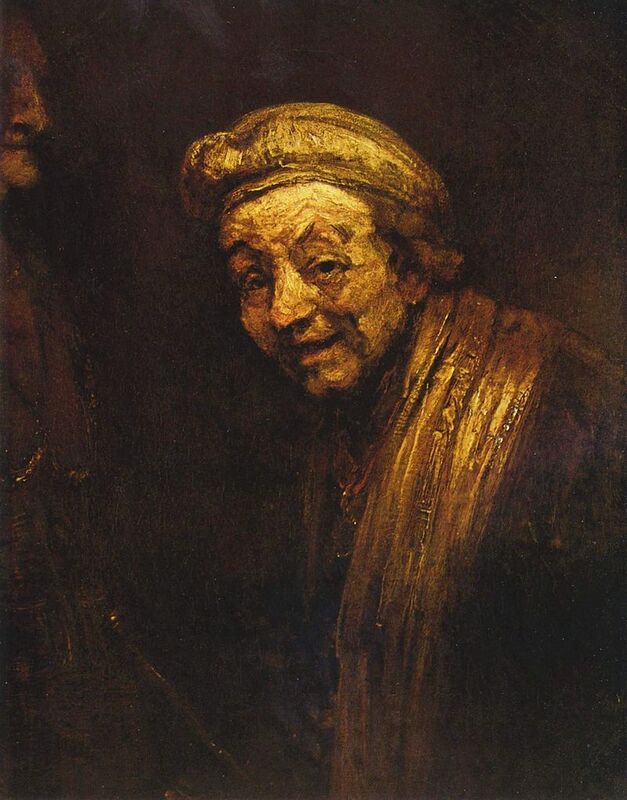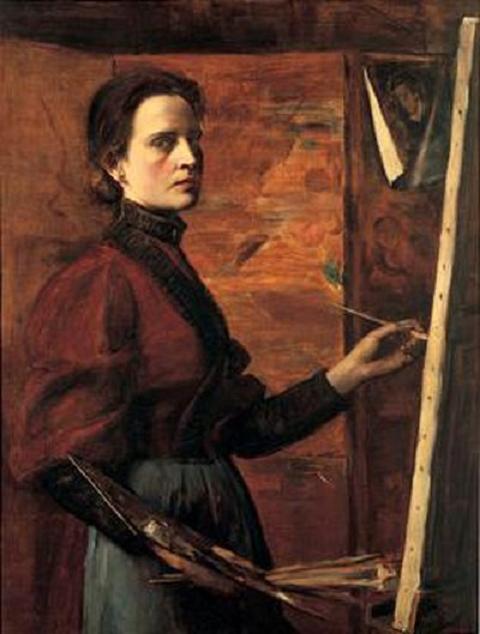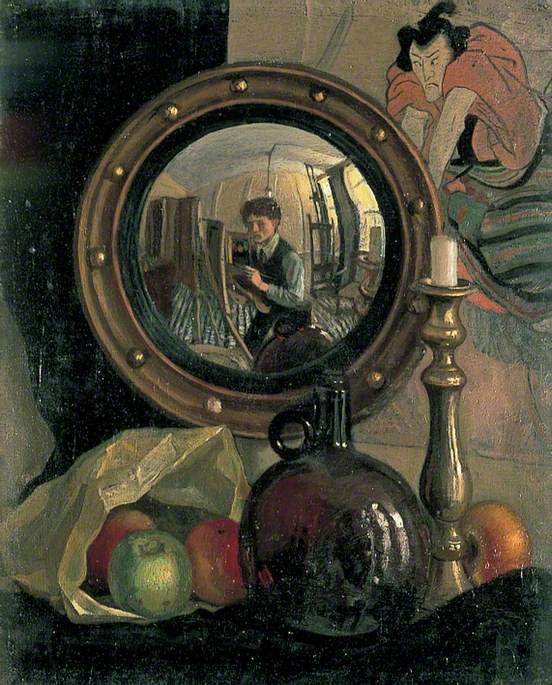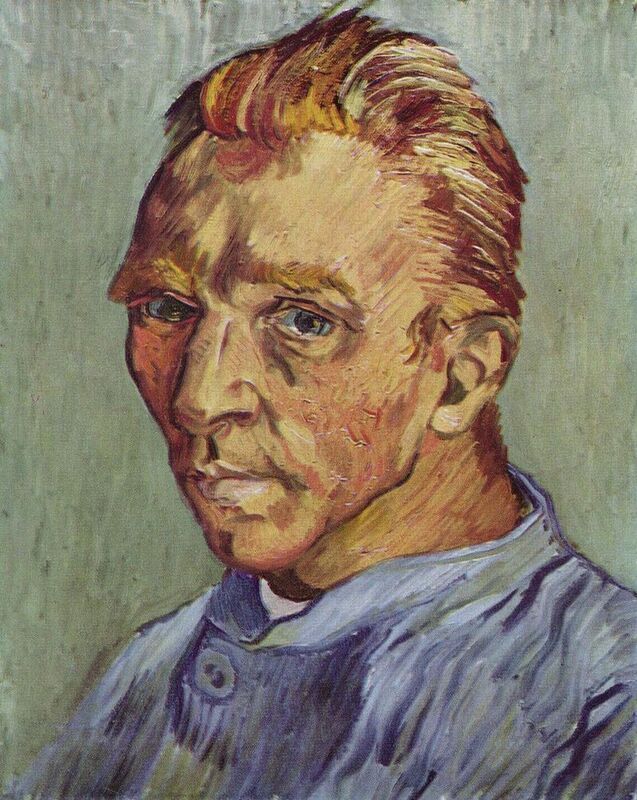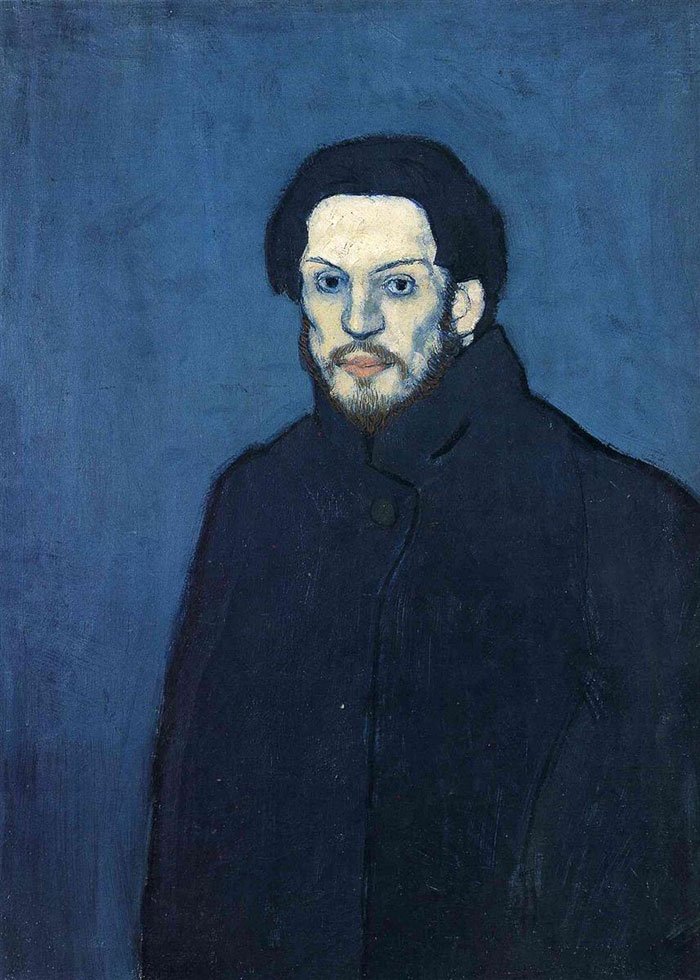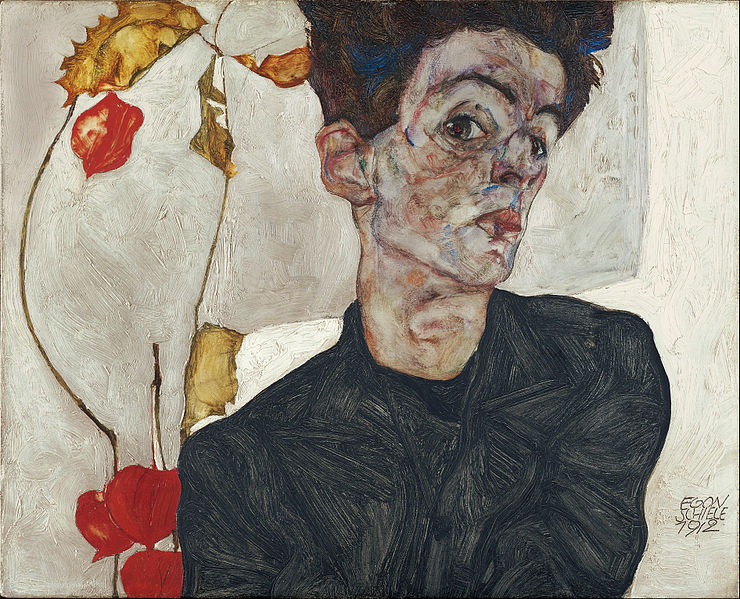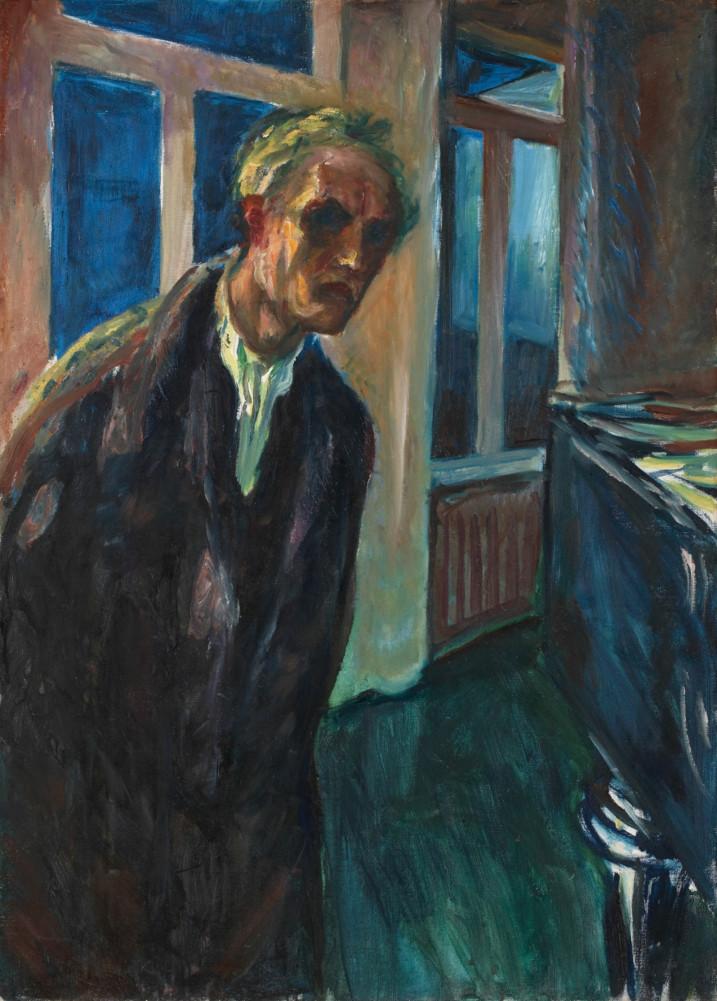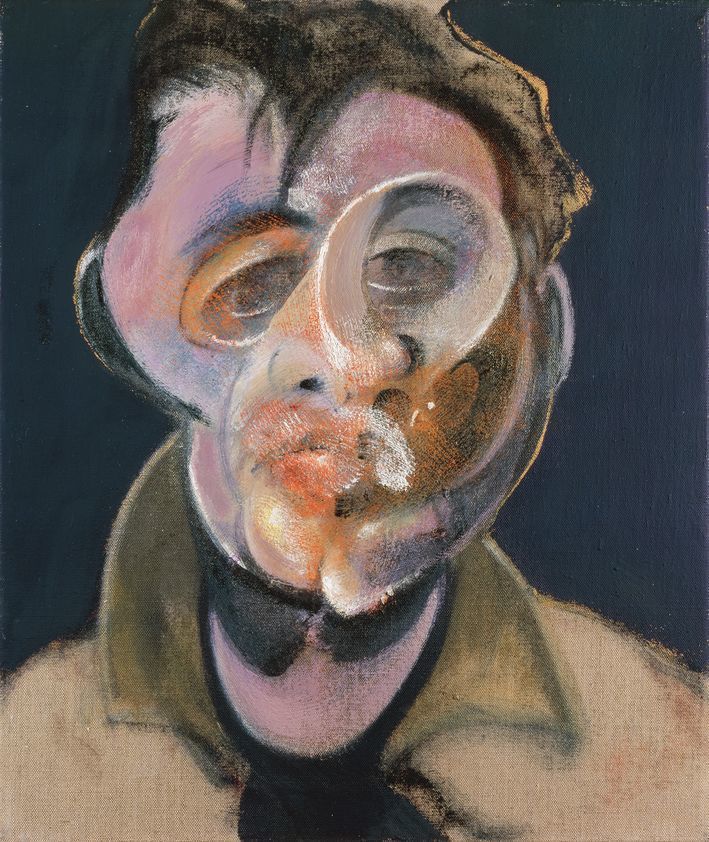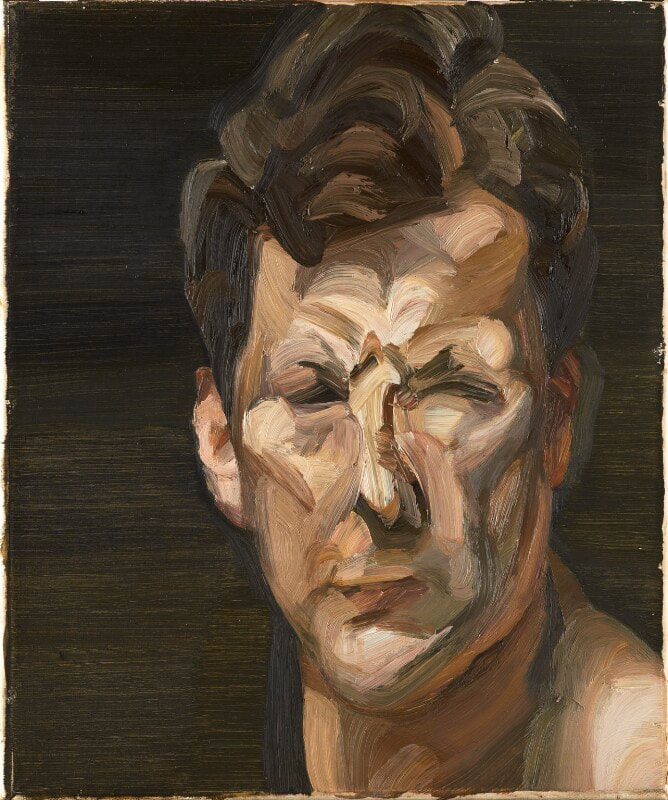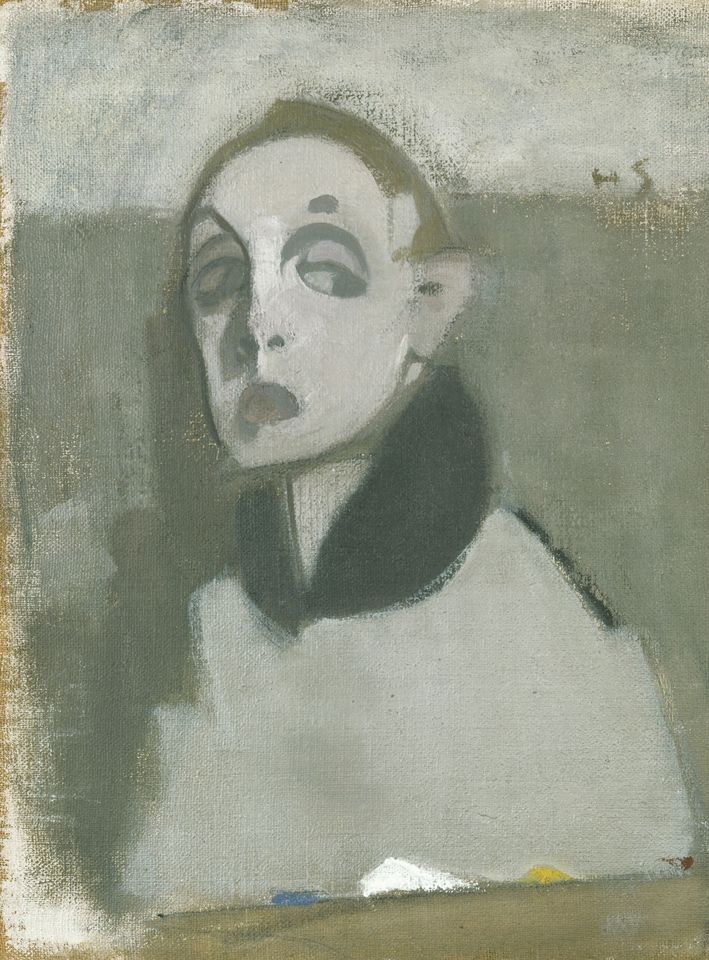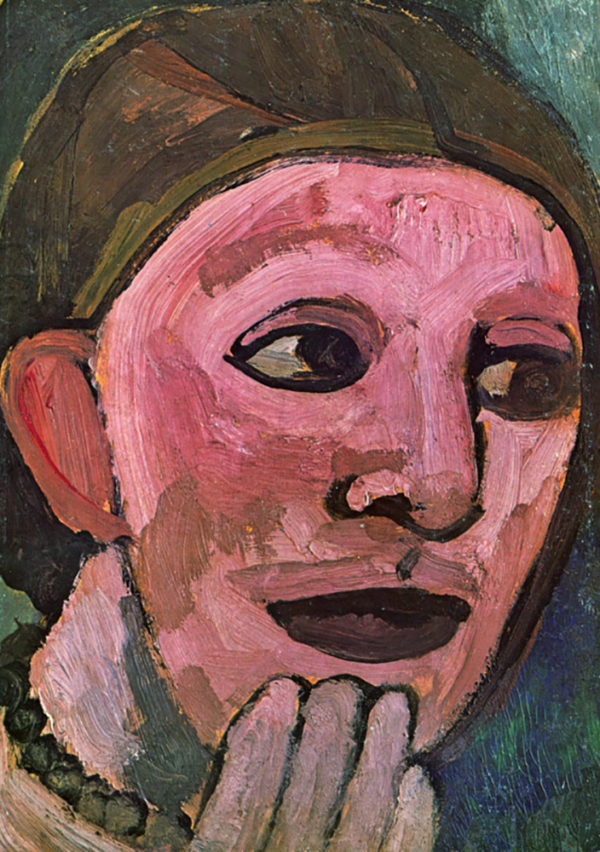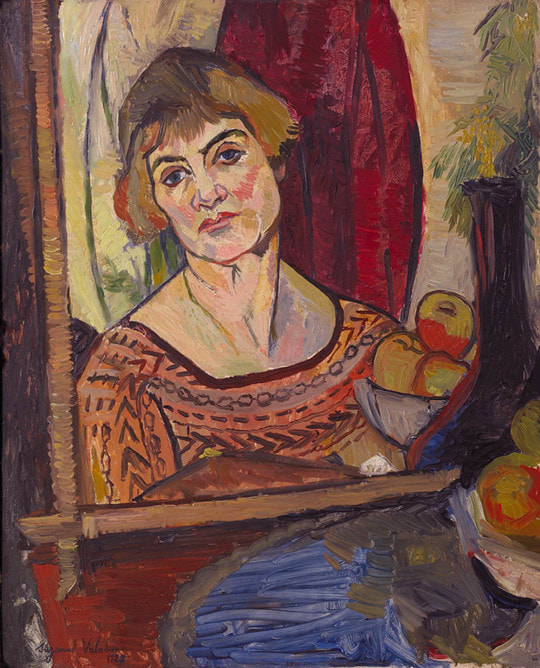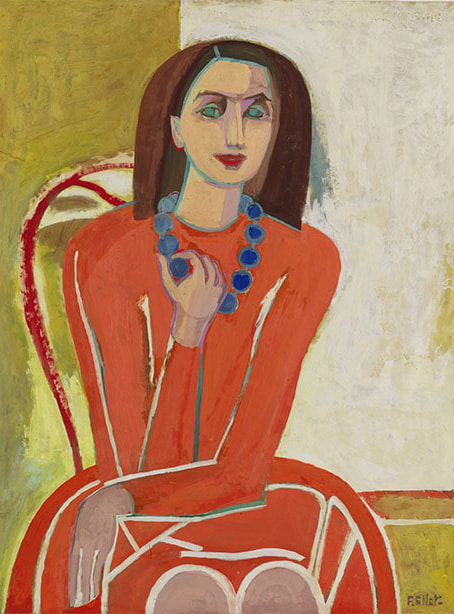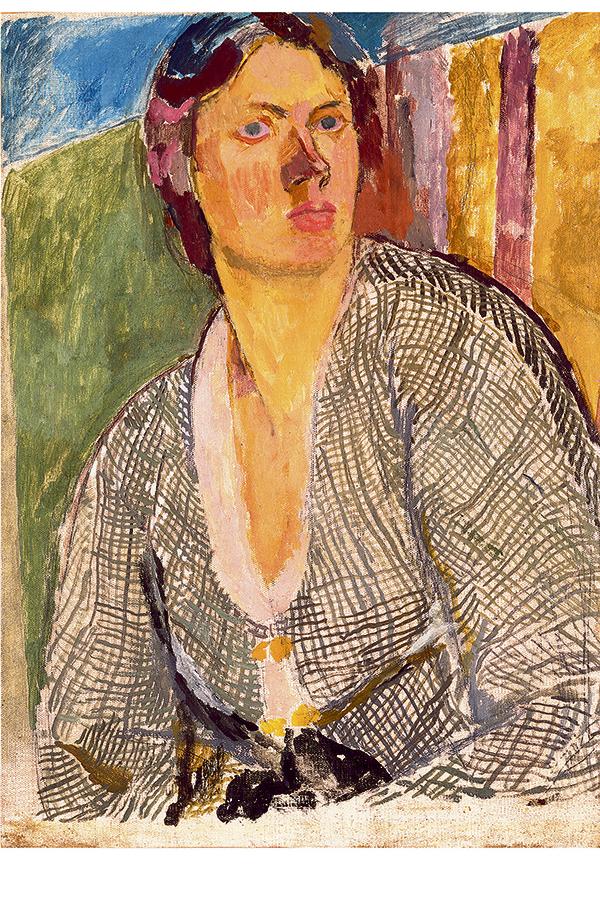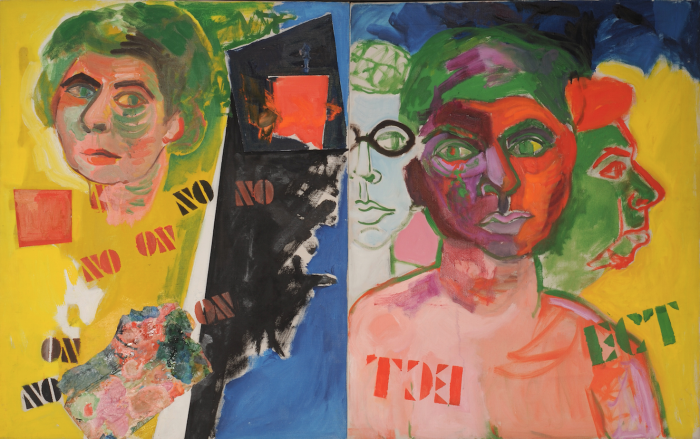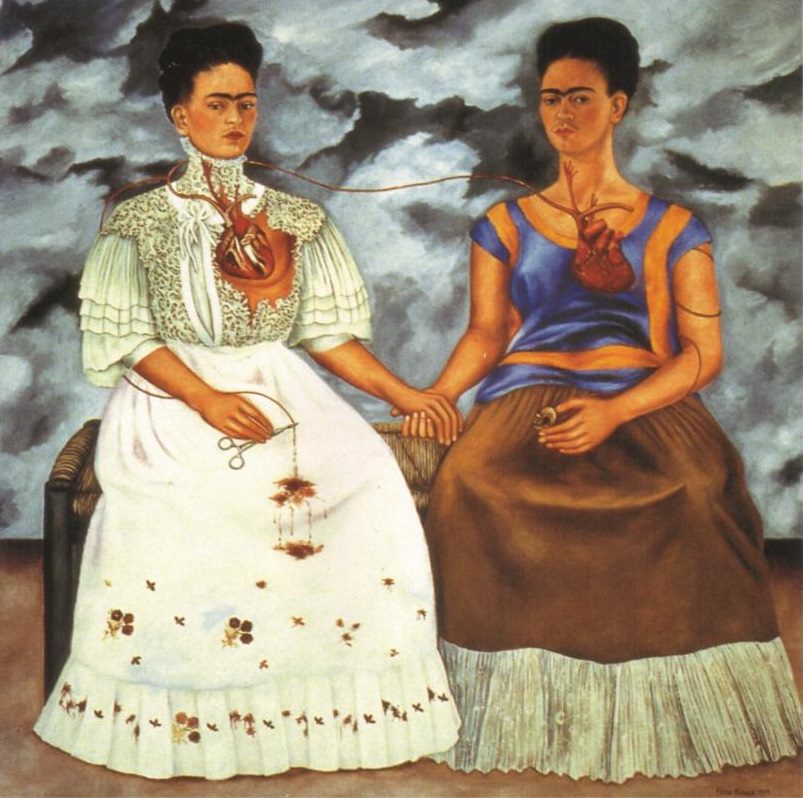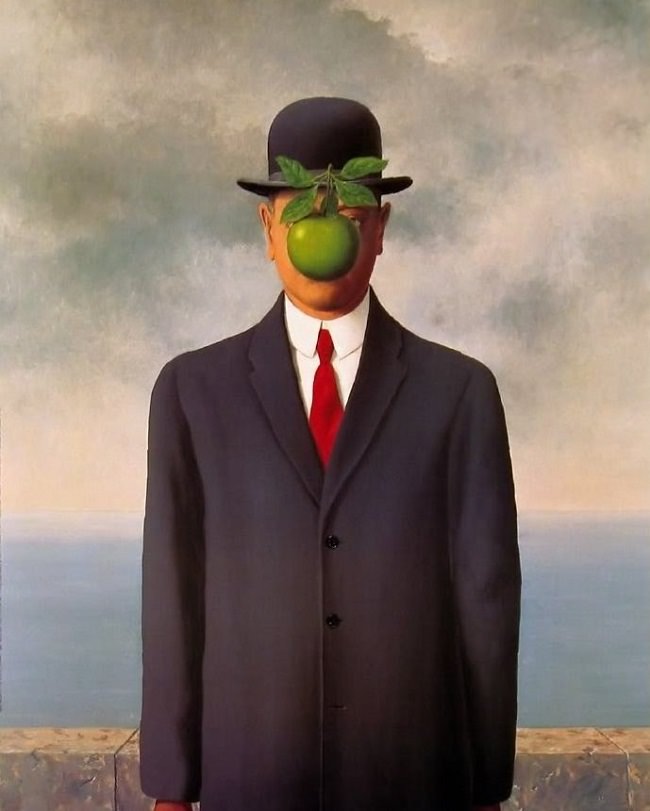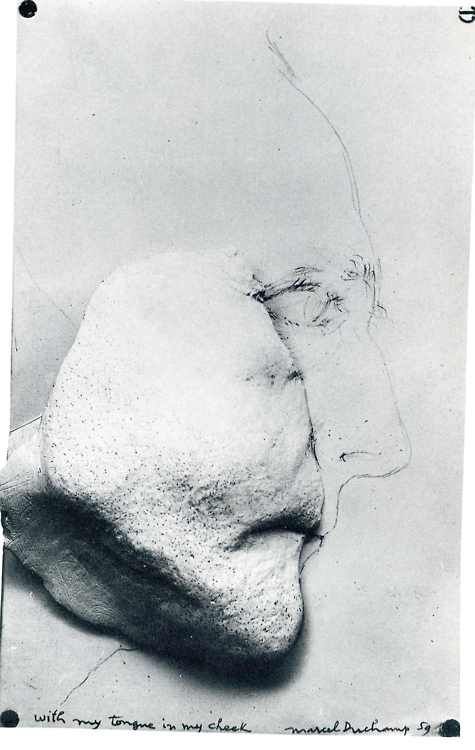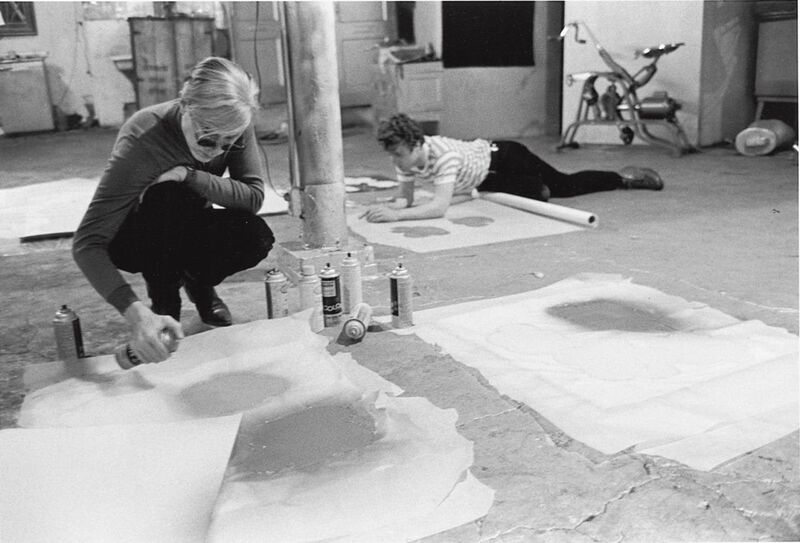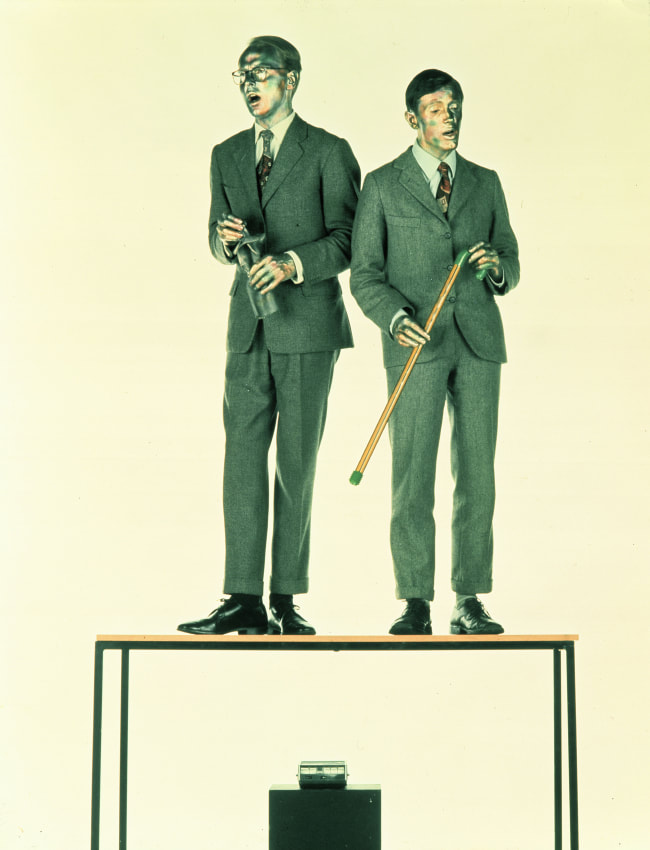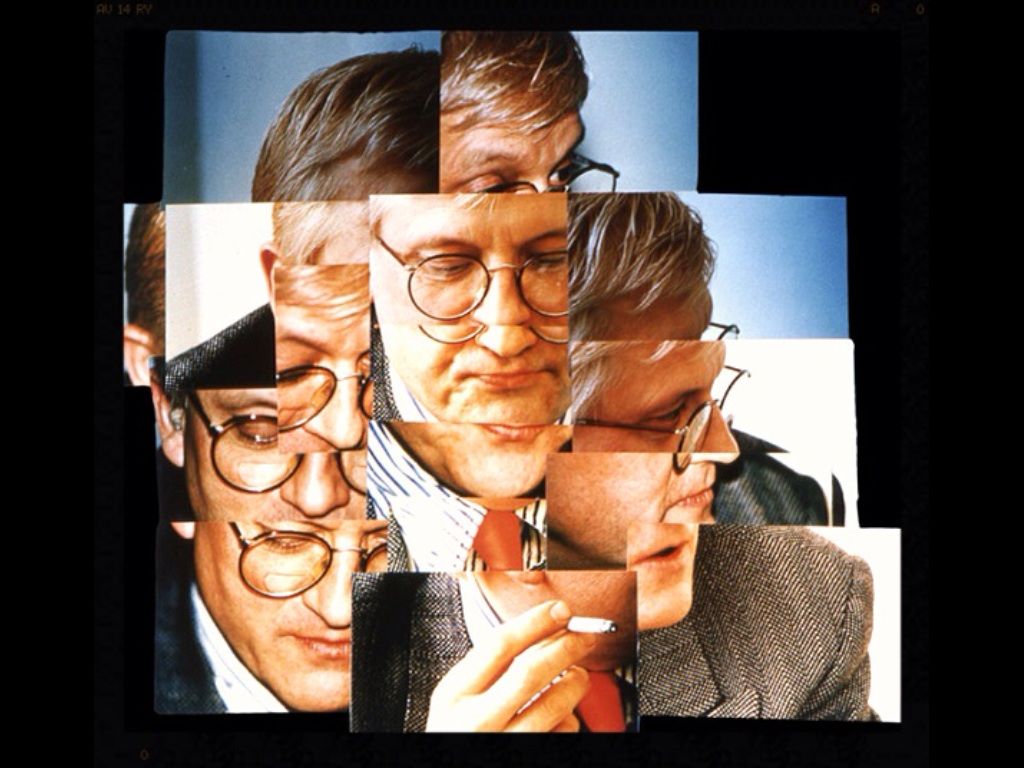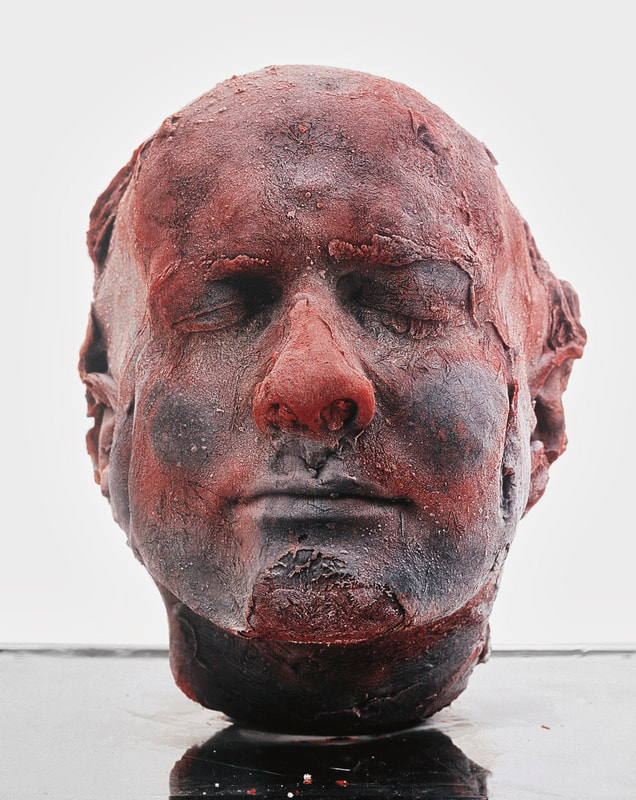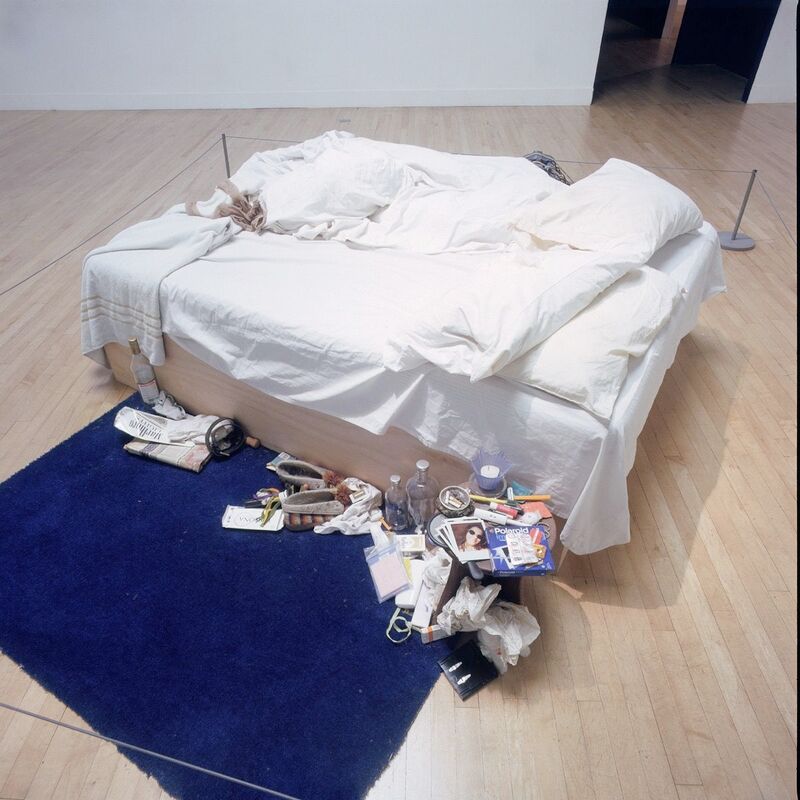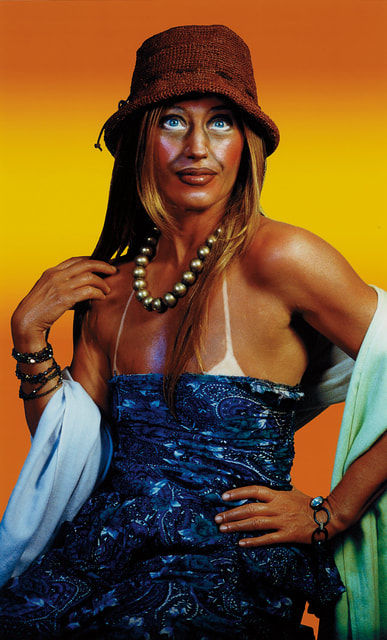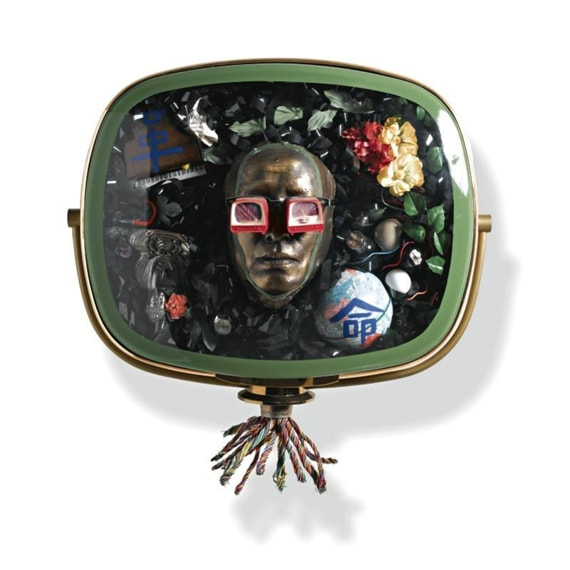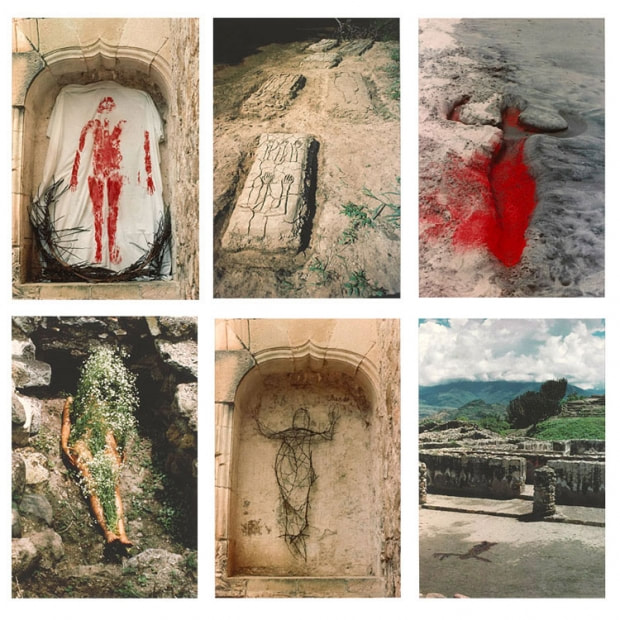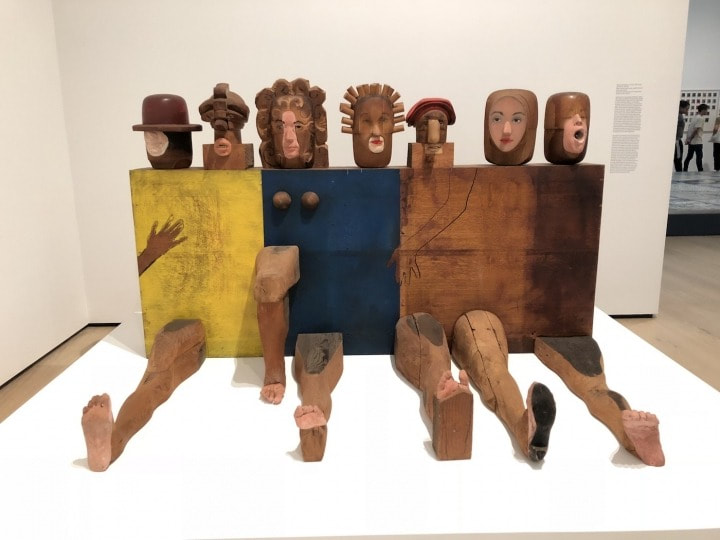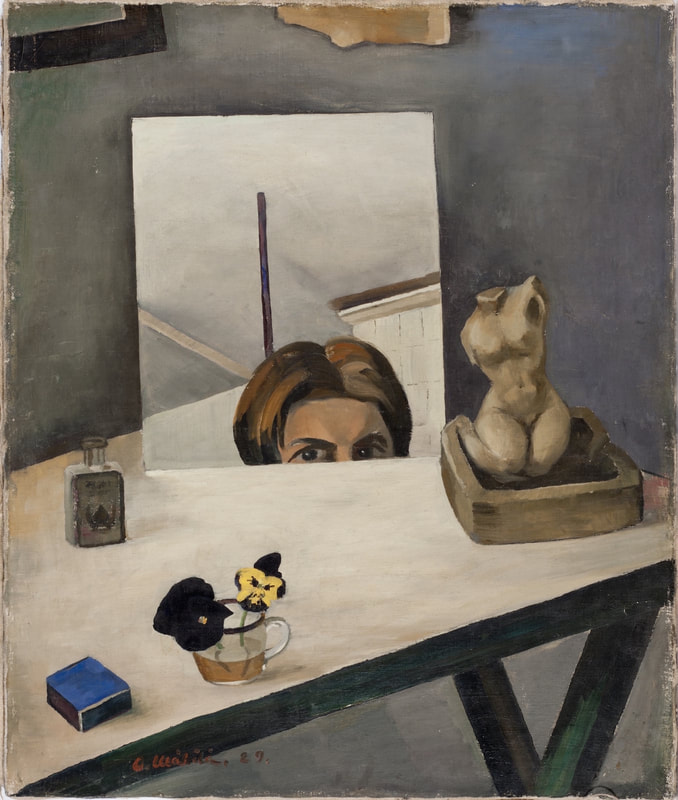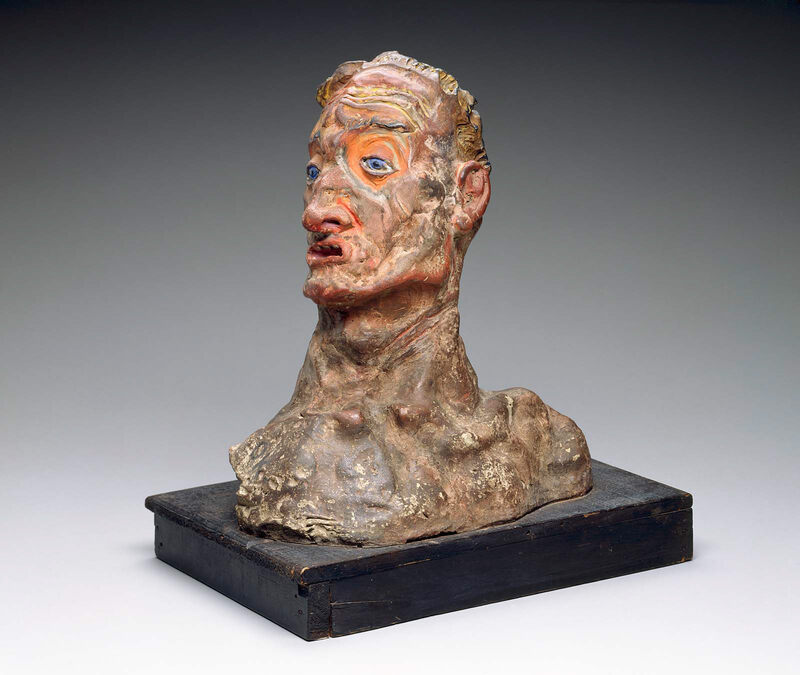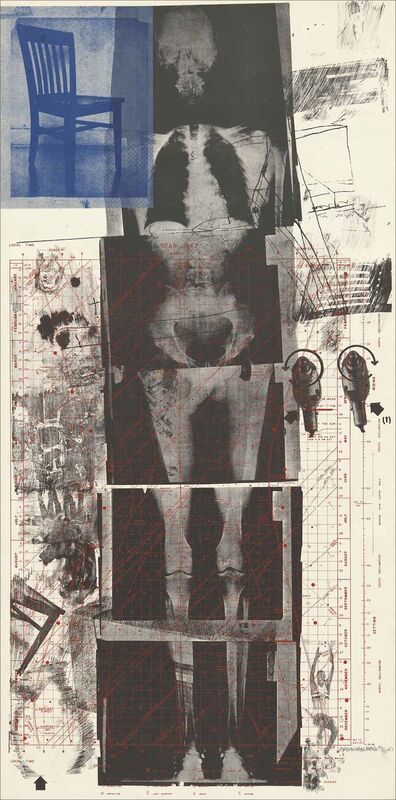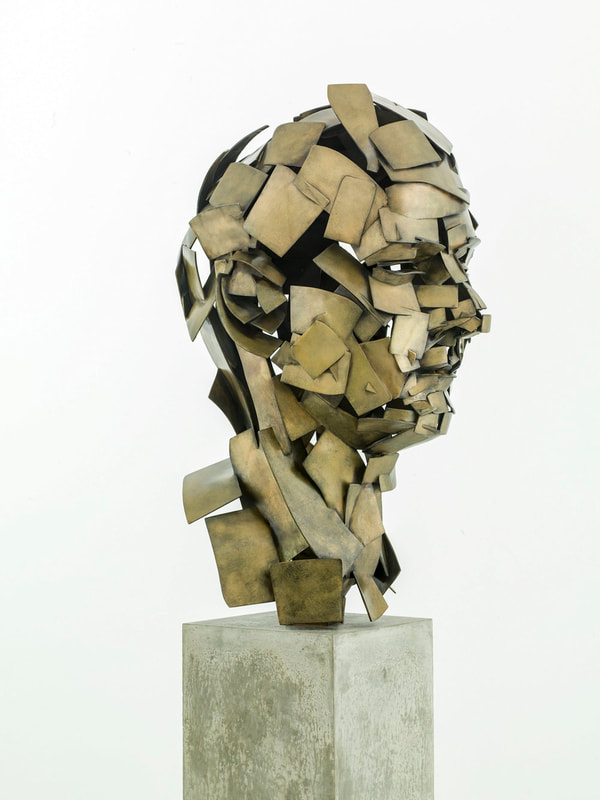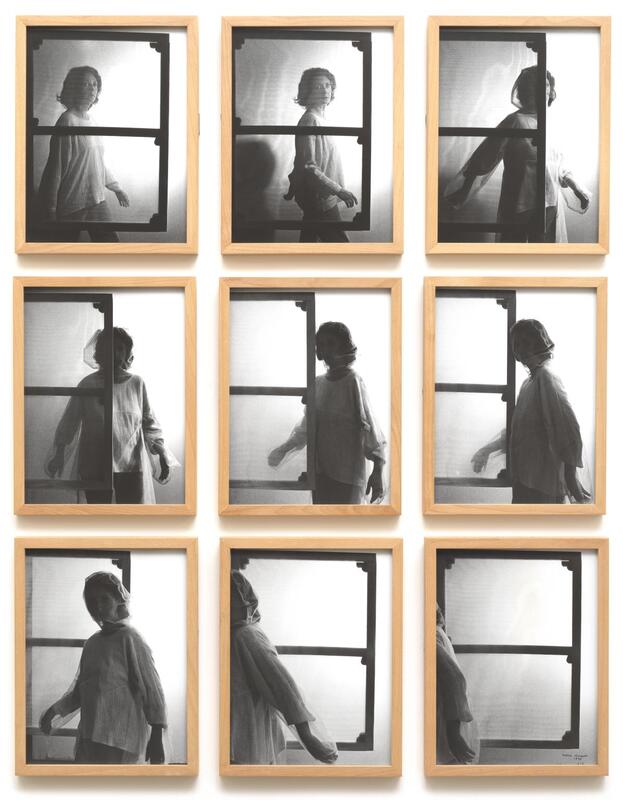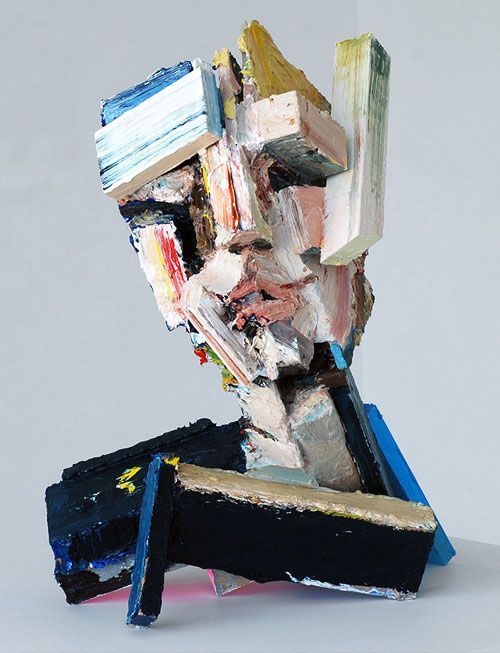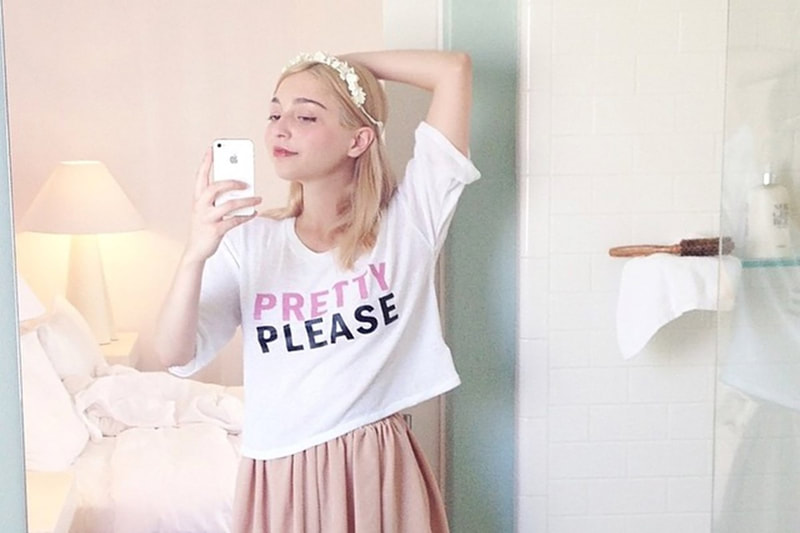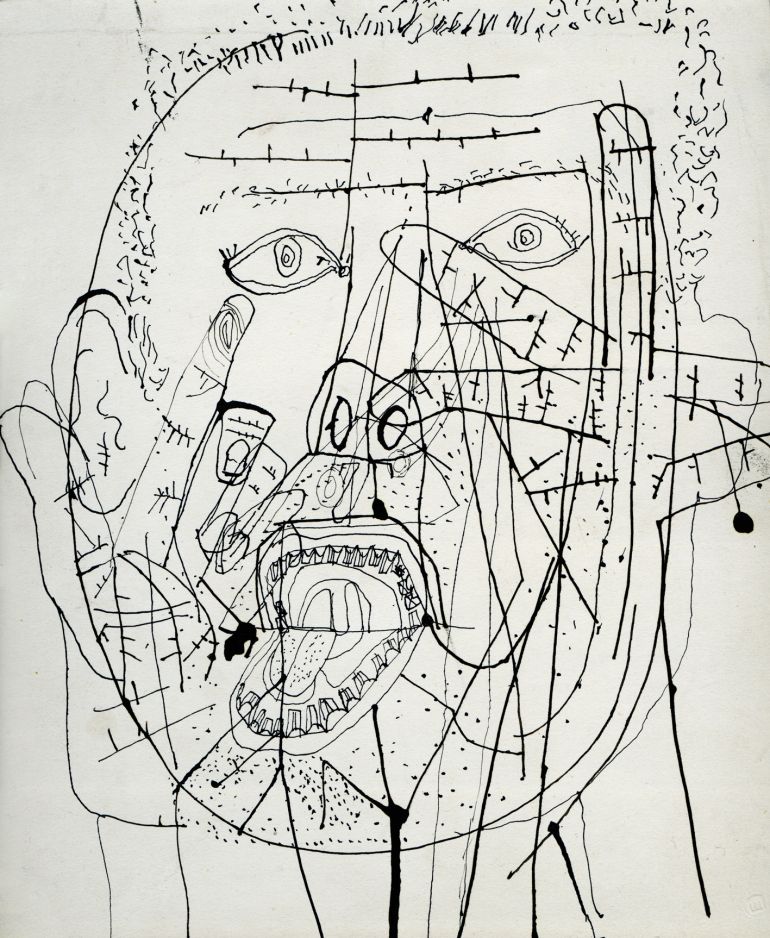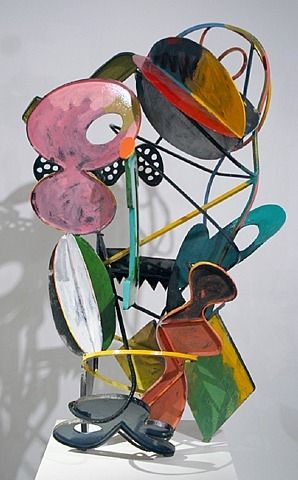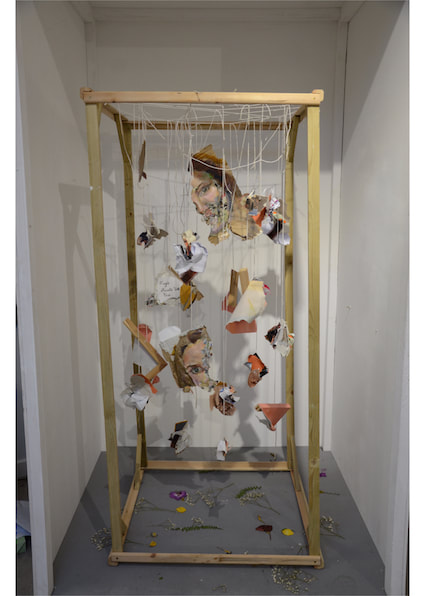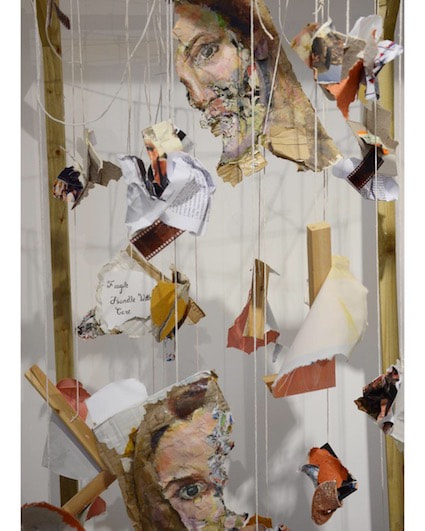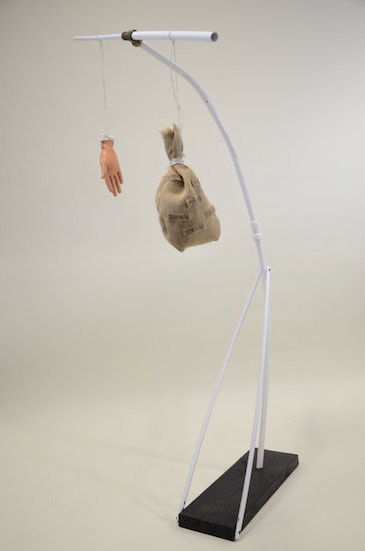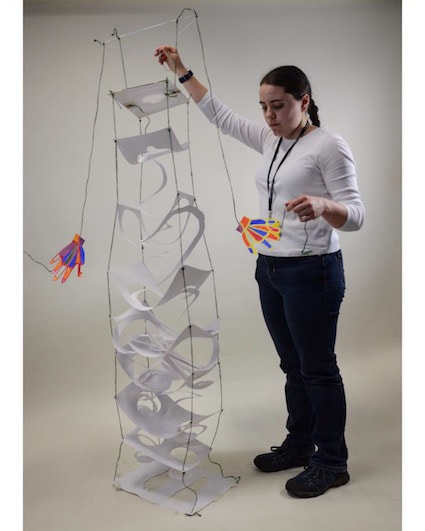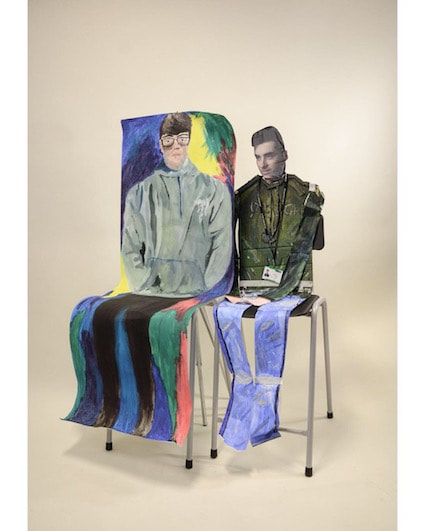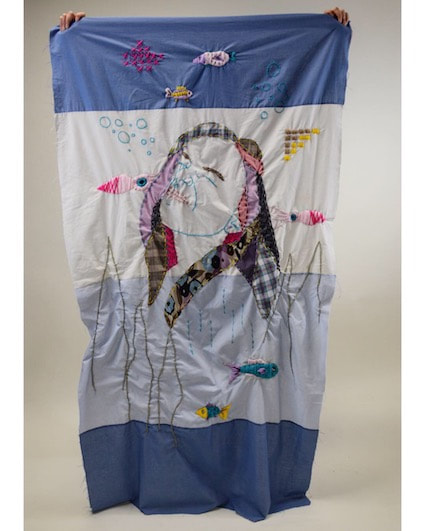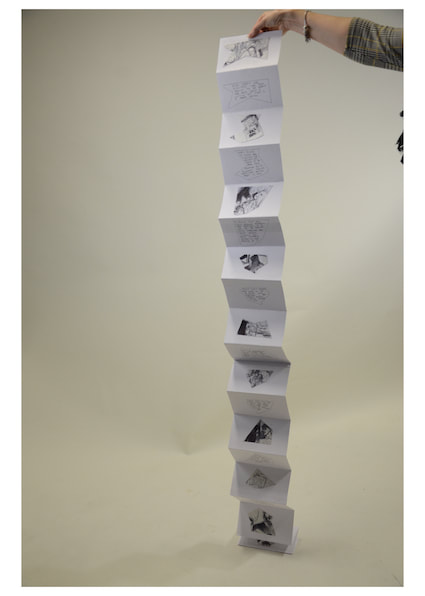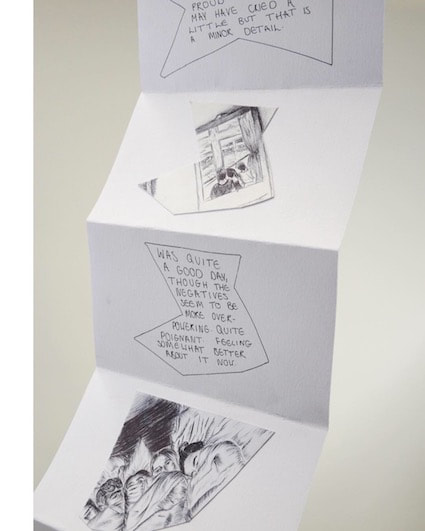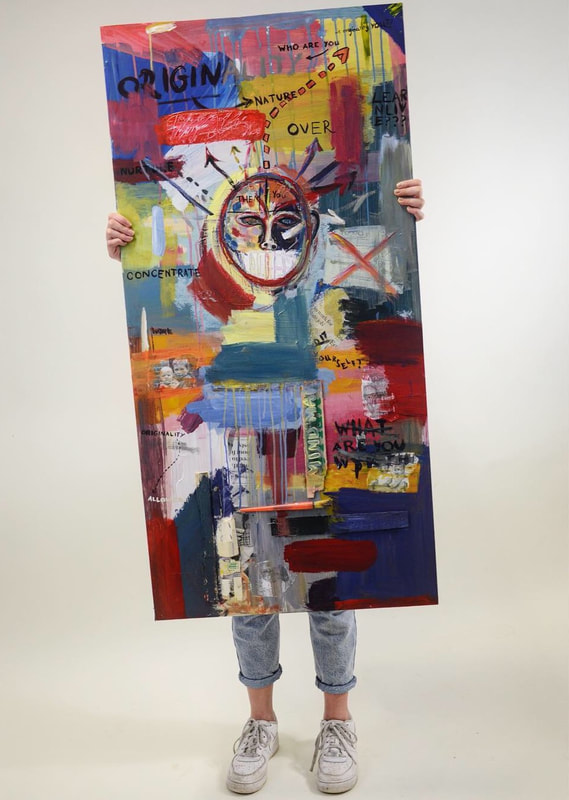TC#4 LESSON RESOURCE
SELF PORTRAITS (PART 2) - MORE THAN JUST A PRETTY FACE
Are we to paint what's on the face, what's inside the face, or what's behind it? PABLO PICASSO ABOUTThis resource focuses on alternative approaches to self-portraiture. It is the second of two parts developed with Threshold Concept 4 in mind: Artists use (and abuse) traditions. It also leads neatly into Threshold Concept 5: Artists play - with ideas, with materials and failure.
The first part is available here and deals with what might be considered a more 'traditional' painted self-portrait. This, Part 2, takes a more experimental approach. The aim is to playfully challenge student expectations of self-portraiture - and also the level of teacher-control touched upon in the first section. |
|
FOR DISCUSSION
The popular expectation of a 'self-portrait' is that it will present us with a recognisable face of the artist. Consider how the following statements might challenge the notion that it is possible to represent oneself accurately in a singular recognisable painted portrait:
Consider the sets of images below - how they have been grouped and titled; how they vary across time periods or in style and intentions. Which works might be considered more expressive, abstract or conceptual? Click on the images to find out more.
- Paintings are 2 dimensional; artists are 3 dimensional.
- Paintings are made of paint (and canvas, paper or board; plus actions, energy, decisions); artists are made of bone, flesh, blood...
- Paintings stay the same (mostly, when preserved correctly); artists continually change, age, die.
- The artist, not the viewer, decides how they are seen in a self-portrait.
- The viewer, not the artist, decides what they see in an artist's self-portrait.
Consider the sets of images below - how they have been grouped and titled; how they vary across time periods or in style and intentions. Which works might be considered more expressive, abstract or conceptual? Click on the images to find out more.
|
|
The first self-portrait?
|
WHAT DO I NEED TO KNOW?
Artist Perceptions (and perceptions of artists)
During the 15th Century the status and perception of artists began to shift. Artists had mostly been considered as craftsmen, usually employed by the wealthy and powerful, however, towards the end of the Late Middle Ages, prior to the Early Renaissance, artists became more respected as creative and unique individuals. They also began to paint themselves more frequently, for numerous reasons, such as for practice; for advertising their skills; to avoid funding a model; or perhaps as a legacy, driven by a desire to be remembered. Commercial manufacturing, alongside increased importing and exporting - not least of mirrors and artist materials - also had a significant influence on how artists were able to, and chose to, portray themselves.
The examples, above, provide some insights into ways in which artists began to experiment with self-portraiture. These might include attempts to (from top left): assert a new social position; reveal the artist at work; demonstrate supreme skill; combine traditional genres of Portraiture and Still Life; adopt an alternative appearance or character; present a more authentic, realistic view of the artists' life. Follow the links above and research the artists to find out more.
Material Matters: Paint
Alongside new approaches to self-depiction, artists also began to explore the possibilities of colour and of paint itself - its material properties; its relationships with surface, form and light. The popular histories of 19th and 20th Century Art - specifically painting - have mostly focused on this as a Modernist development and a shift from 'traditional' representation towards abstraction. These Art 'His'stories have mostly been told through a handful of (white, male) artists that returned to self-portraiture throughout their lives.
Alongside new approaches to self-depiction, artists also began to explore the possibilities of colour and of paint itself - its material properties; its relationships with surface, form and light. The popular histories of 19th and 20th Century Art - specifically painting - have mostly focused on this as a Modernist development and a shift from 'traditional' representation towards abstraction. These Art 'His'stories have mostly been told through a handful of (white, male) artists that returned to self-portraiture throughout their lives.
The examples above show six self-portraits by artists that are firmly fixed within art history. These examples above are deliberately not named here, nor titled or dated...
Below are some examples of artworks by female artists that, in their own ways, have explored the potential of painted self-portraits - often during similar time periods to those above. Click on the images to find out more about these lesser-known artists.
- If these are not familiar, try typing a description of the paintings into Google Image Search. Does this deliver the same artwork or something recognisably similar?
- If you can name the artists, is this because you recognise their painting style, or their physical resemblance?
- Consider how each of these have been produced. In particular consider: the balance between observation and imagination; how the paint has been applied (and the best words to describe this, e.g. daubed, dabbed, wiped, brushed, smeared, smudged, layered; expressive, controlled, considered; in lines, in blocks of tone; from light to dark, or vice-versa); wet, dry, creamy, thick, thin, diluted..).
Below are some examples of artworks by female artists that, in their own ways, have explored the potential of painted self-portraits - often during similar time periods to those above. Click on the images to find out more about these lesser-known artists.
Beyond painting faces
Self-portraits are certainly not restricted to paintings (of faces), although examples of sculpted works from across the history of art of are meagre in comparison. When it comes to alternative media, it is the photographic 'selfie' that dominates contemporary - and every-day - self-portraiture. For a detailed insight and practical activities relating to 'The Selfie' this PhotoPedagogy lesson is an excellent resource.
Be it with paint or alternative media, artists have always pushed at established expectations. Below are a selection of artists and works that have (in)famously challenged the 'traditions' of self-portraiture. Once again, these examples below have deliberately not been named. If you are unfamiliar with the artist or the work, try typing a description of what you see into Google Image Search - what is the least amount of words you can use before the image appears. (Makes you think, doesn't it: why would an art teacher deliberately not share an artist name or title?)
FOR DISCUSSION
- Which of the artworks above would you describe as the most traditional self-portrait, and why? How about the least traditional?
- Which, if any, is the most familiar? (Where) have you encountered any of these artworks before? If so, how has this shaped your understanding?
- Which example would you most like to encounter in a gallery - in 'real life'? Why?
- Which example provides the greatest insights into its creator - how they might look, act or think?
- Which example do you consider the most interesting, visually appealing, thought-provoking or disturbing?
- Why might an artist want to expose or portray themselves in a way that makes them vulnerable or open to ridicule or challenge, rather than simply admired for their skill?
Below is a wider variety of artist work - all self-portraits, of a sort. These examples demonstrate experimenting with materials and techniques in diverse ways. Consider these examples carefully prior to tackling the practical activity below. Pay attention to scale, form, surface, mass; consider how unusual materials have been combined; discuss which examples have the most value - visually, technically, conceptually or contextually. Research the artist names and titles to find out more.
PRACTICAL ACTIVITY
- How might you produce an alternative self-portrait (or a series of self-portraits) - something that challenges a more straightforward representation?
- What aspects of yourself - your appearance, characteristics, behaviours, beliefs, values, belongings - would be most important for you to celebrate?
- Which materials, styles, techniques (or combinations of materials, styles, techniques) might you embrace?
Below are some examples of Year 12 students' work that previously responded to this challenge. (Obviously it is important that these ideas are not simply copied, that'll just diminish the 'self'). For this task they were challenged to: produce a self-portrait with no constraints other than it should be the same height or weight* as yourself.
IMPORTANT NOTE FOR TEACHERS
*Any theme relating to self or personal appearance - and especially weight, with reference to this activity - is a potential minefield. It is important to emphasise this task was set to a group that I know very well, within an established culture of trust and support. But that said, teachers can never be fully confident of what is going on in a young person's mind - or brewing within the hidden dynamics of a group - and sensitivity, empathy and awareness are essential. Art has the capacity to be a tremendous force for good, developing self-confidence and awareness; providing a space, a voice - a distraction, even - for the ever-amazing young people we work with. With this specific activity any reference to student ‘weight’ is best avoided if there is the slightest concern.
FURTHER READING
- Self-Portraits (Part 1) - About Face - Chris Francis, ArtPedagogy Resource
- From Virtual to Reality- Jonathan Yeo, 2017
- Together in Electric Dreams... - Steven Poole, Guardian Article, 2016
- The Self-Portrait: A Cultural History - James Hall, 2014
